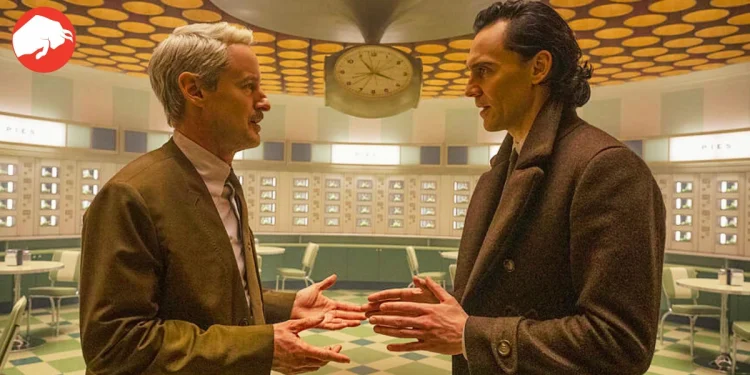‘Loki’ Returns: Unearthing the Multiverse
Marvel’s ‘Loki’ has always had its roots deep within the expansive Marvel Cinematic Universe. Now, with its sophomore season gracing Disney+, we find the narrative even more intertwined with the broader strokes of the MCU tapestry. Especially after the groundbreaking events of the first season which laid the very foundation of the MCU multiverse, paving the way for tales like ‘Spider-Man: No Way Home’ and ‘Doctor Strange in the Multiverse of Madness’.
As we dive into the new season, the eponymous God of Mischief’s escapades not only push forward the Multiverse Saga but also treat fans to a treasure trove of references, nods, and intricate connections to Marvel’s vast lore.
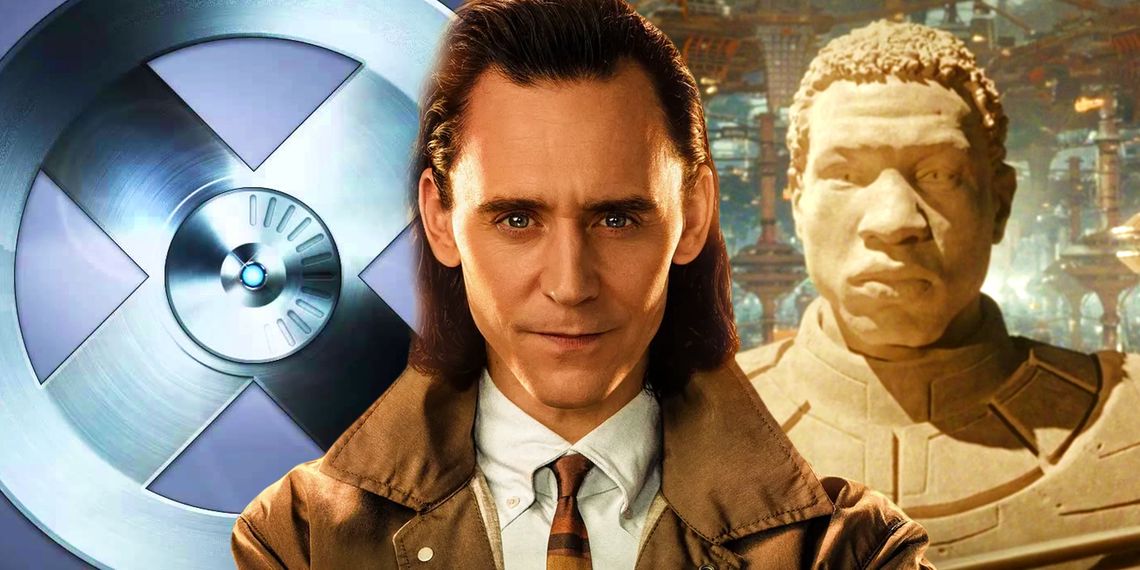
Post-Credits and the Lore of ‘Loki’
One can’t discuss the premiere of Loki’s second season without delving into its post-credits scene. A critical aspect that subtly but firmly ties Loki’s current narrative to his and Thor’s rich Marvel history.
Diving Deeper: From Titles to Time
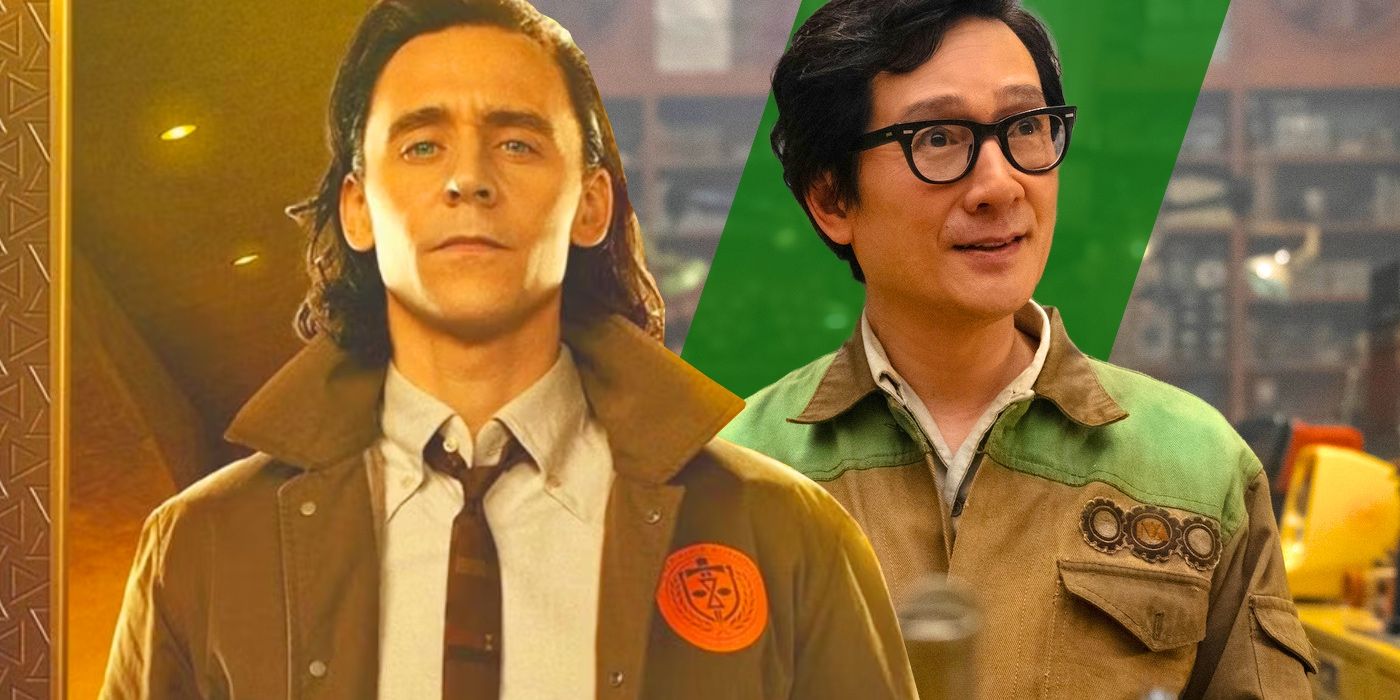
The title ‘Ouroboros’ for the first episode isn’t just a throwaway nod. While on the surface it introduces Ke Huy Quan’s character by the same name, its significance is manifold. The Ouroboros symbol, often seen as a serpent or dragon consuming its tail, symbolizes the endless cycle of life and rebirth. Given Loki’s narrative journey in the episode, this fits perfectly. Moreover, diving into Norse mythology, Ouroboros aligns with Jörmungandr or the World Serpent, which is said to instigate Ragnarok upon releasing its tail. An interesting twist? Jörmungandr is also Loki’s offspring in the tales of Norse myth.
“In Norse myth, Ouroboros is depicted as Jörmungandr, or the World Serpent who is large enough to coil around the entire world.“
Colors, Symbols, and Visual Cues
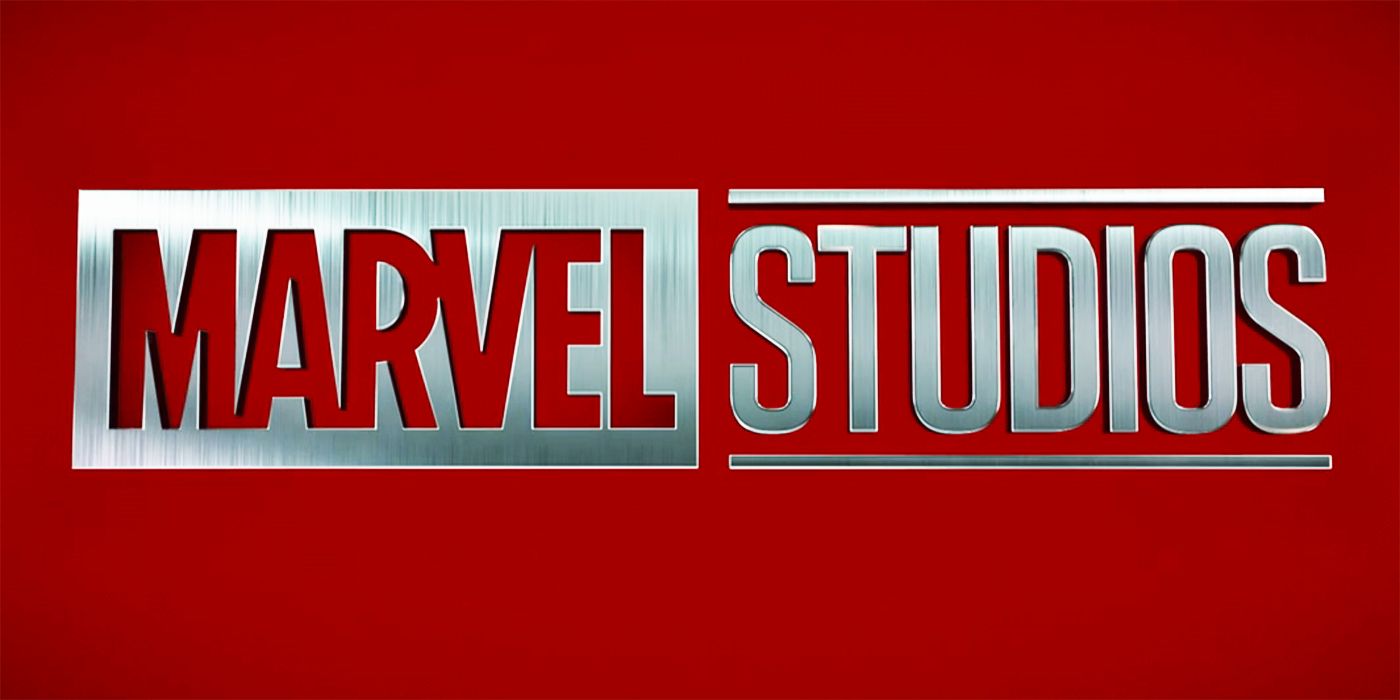
The Marvel Studios logo adorning Loki’s new season episode shines in gold and green hues, a direct nod to Loki’s iconic colors. Then, as the episode unravels, we notice Kang’s towering statue overseeing the Time Variance Authority (TVA). This, more than a mere acknowledgment, insinuates a watchful presence, a silent overseer of unfolding events.
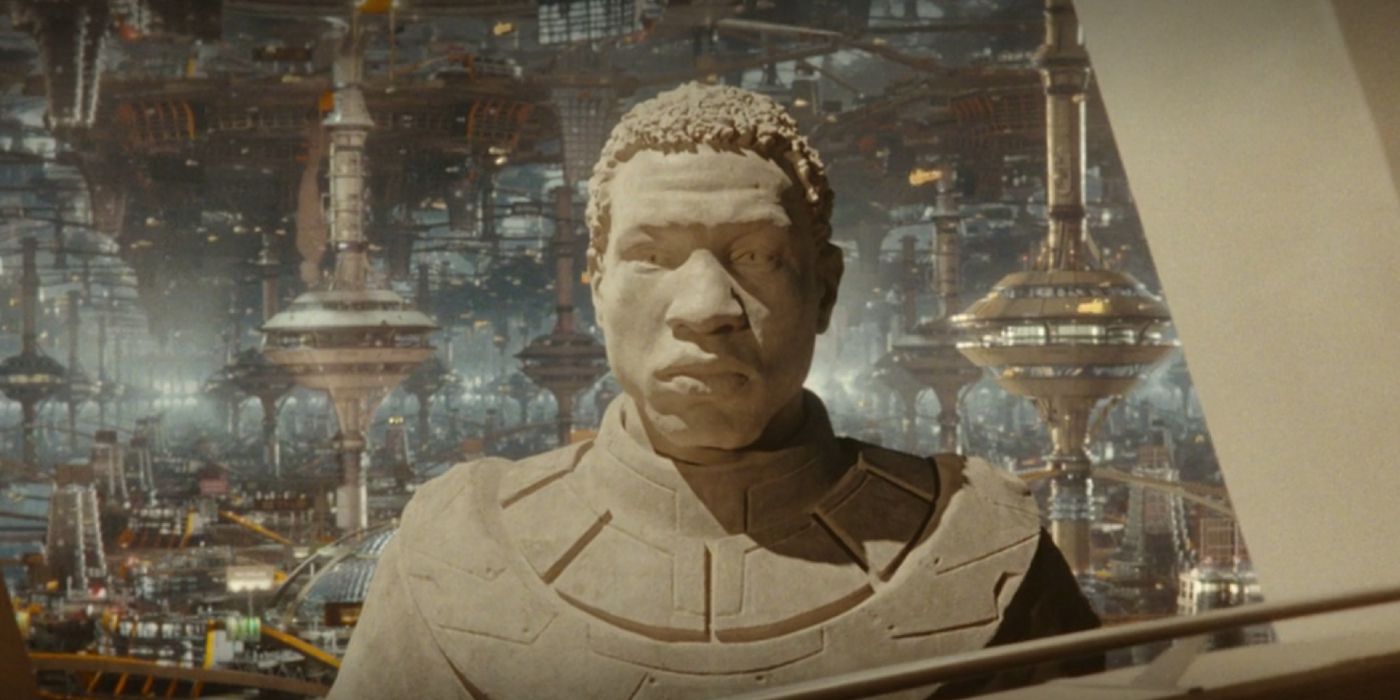
From Sony’s Spider-Verse to Loki’s Time-Realm
Marvel’s exploration of the multiverse isn’t limited to just its own properties. The Sony Spider-Verse, with its distinctive “glitching” effect, seems to have found a visual counterpart in Loki’s time-slipping phenomena. It might be a different concept in essence, but the visual parallels can’t be denied.
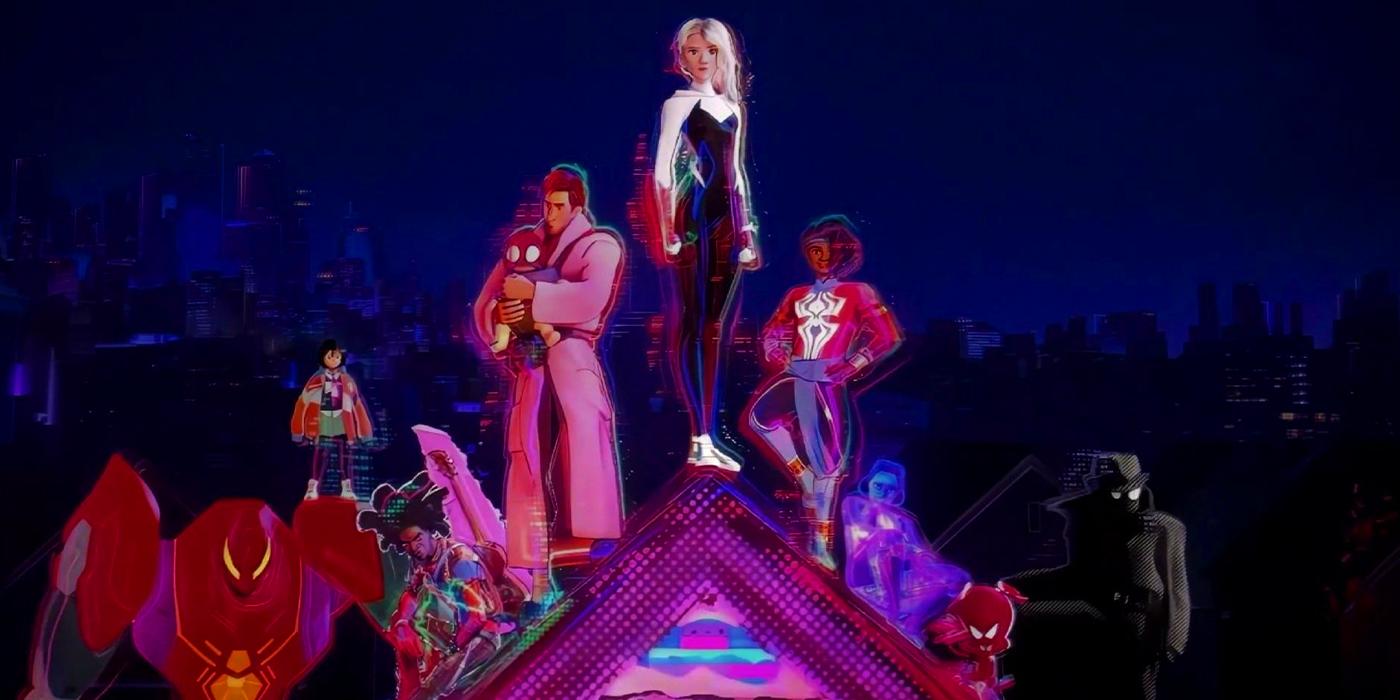
Major Players and Subtle Hints
Jonathan Majors’ pivotal role across the MCU is reinforced with a subtle nod in the first episode. An old recording featuring He Who Remains and Ravonna Renslayer provides the necessary context while subtly hinting at Major’s overarching significance in the MCU tapestry.
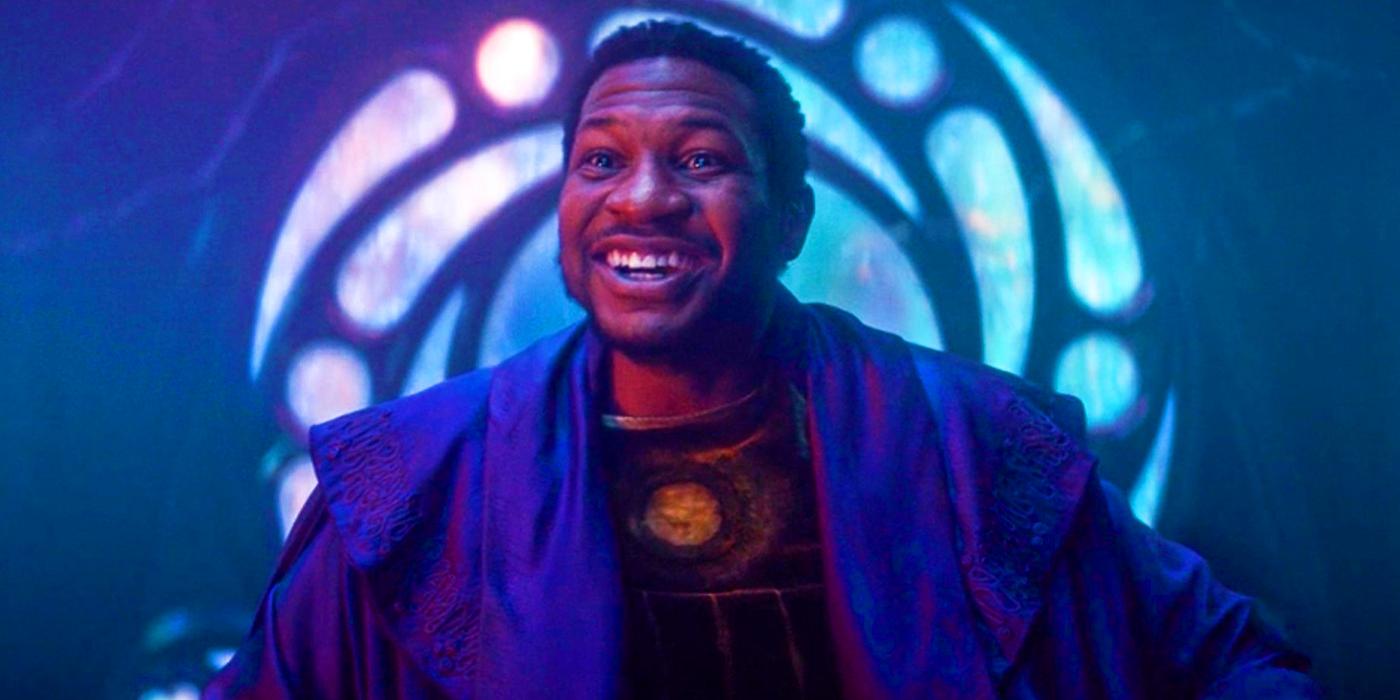
Other intriguing cues? The unmistakable ‘X’ adorning the door to the TVA’s Temporal Loom, possibly hinting at the X-Men universe’s impending entry into the MCU. Plus, the functional parallel between the Norse myth’s Yggdrasil and Loki’s Temporal Loom can’t be ignored.
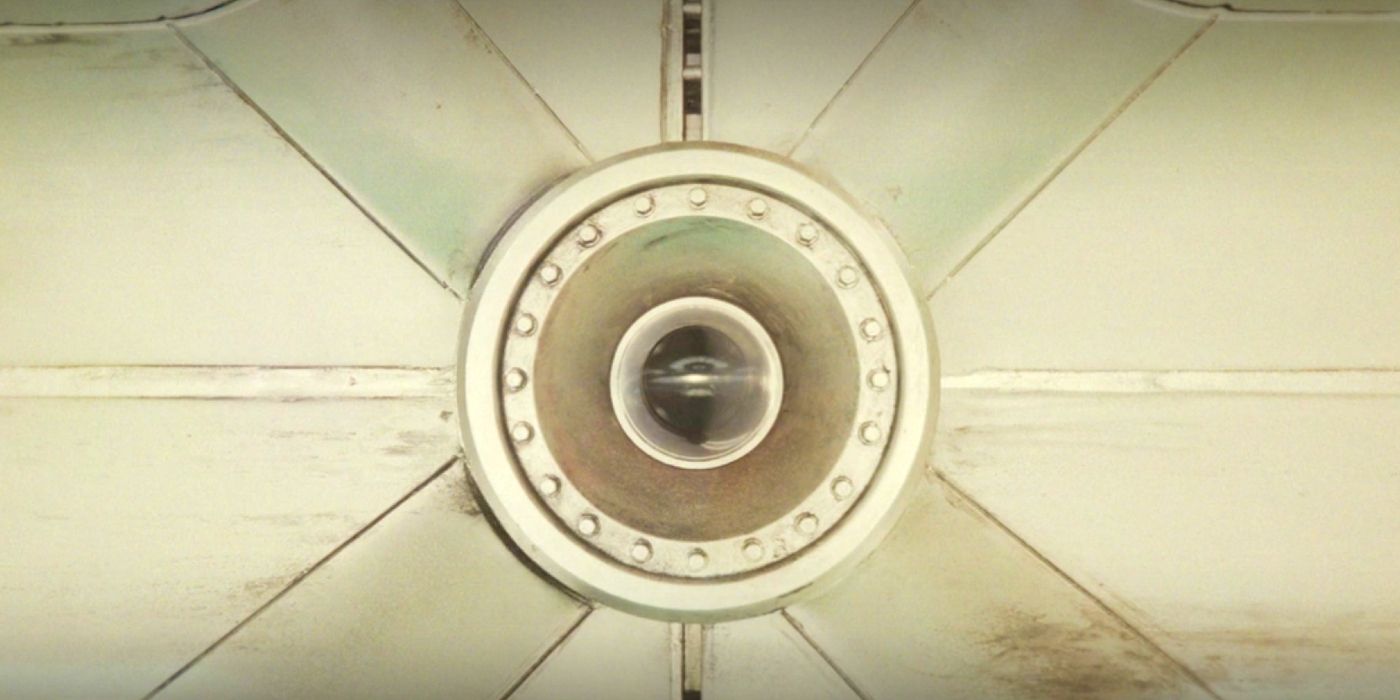
The Essence of Loki and a Glimpse of the Future
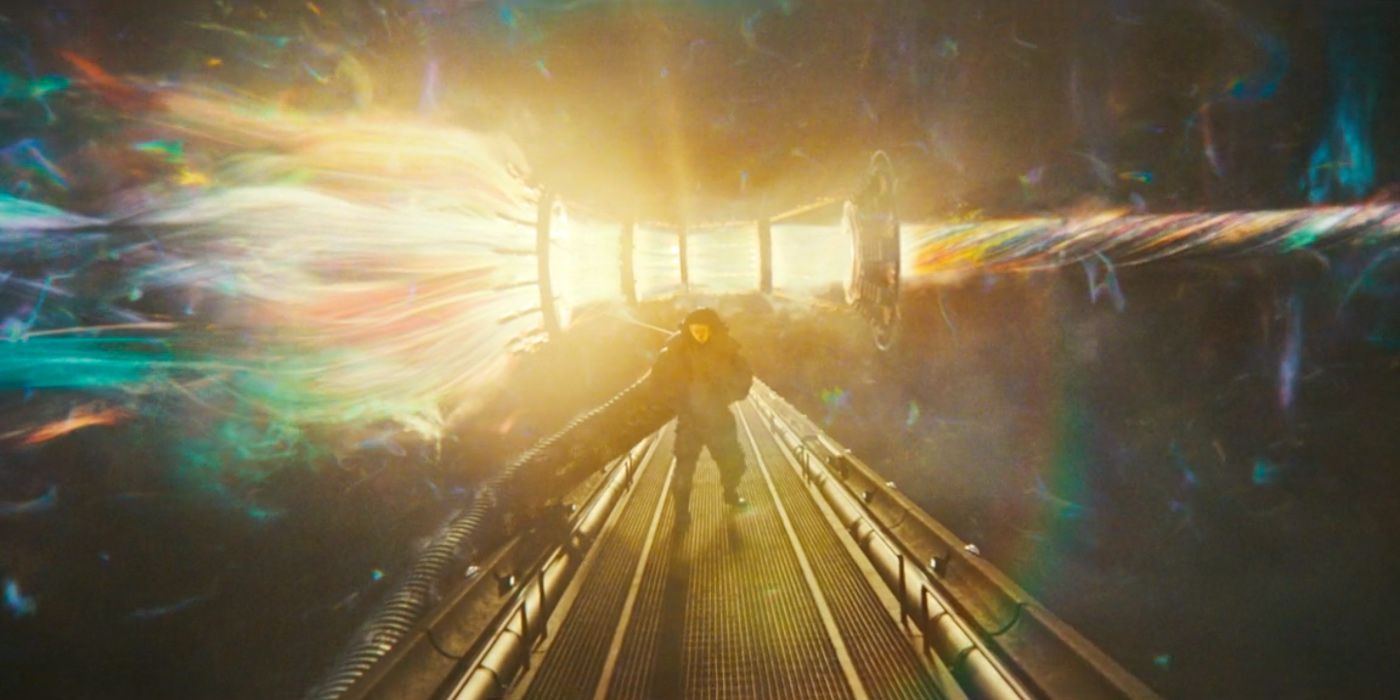
Loki’s characteristic hair flip, a trait that’s almost become a meme in the fan community, finds its way into the new episode in abundance. Another fascinating element is the end-credits that not only hint at the journey ahead but also reiterate the central themes of free will versus predetermination.
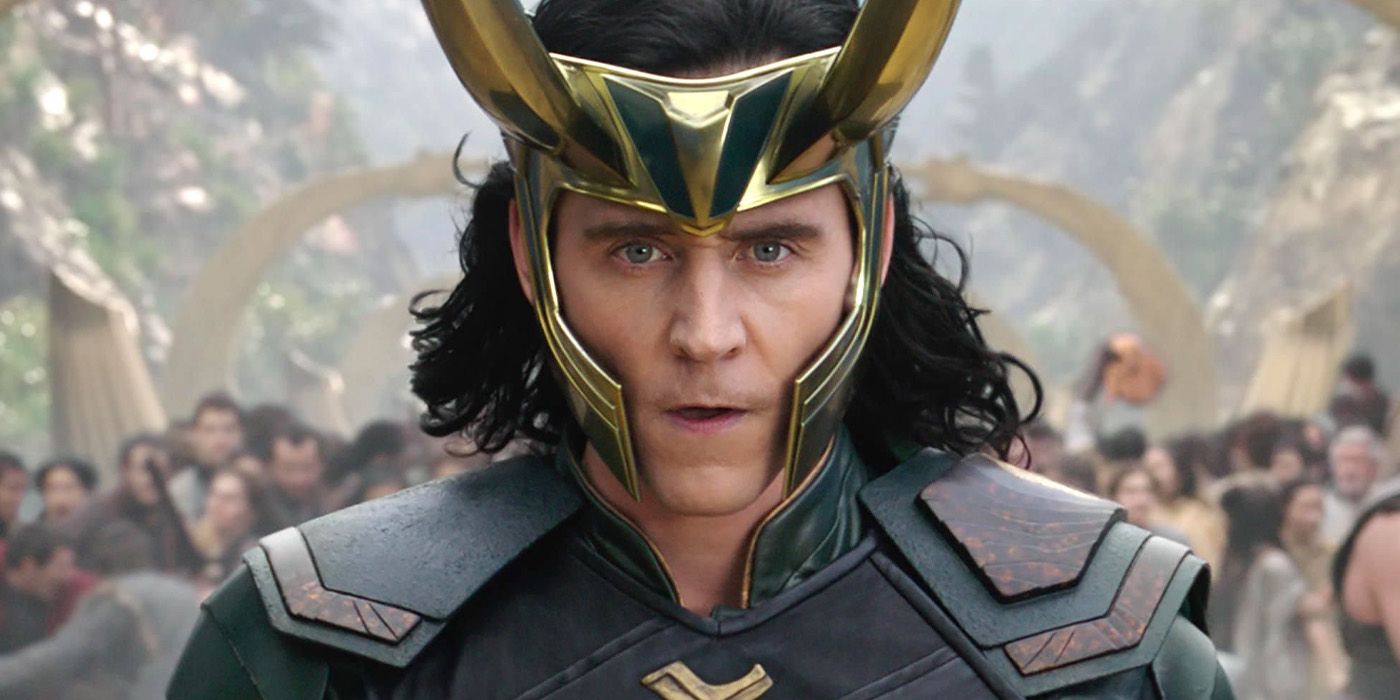
Finally, Broxton, Oklahoma, while appearing as a seemingly regular location, holds significant ties to Marvel Comics, linking Thor and the events post-Ragnarok. Although the MCU previously portrayed New Asgard in Norway, the reference to Broxton remains a delightful Easter egg for avid Marvel enthusiasts.
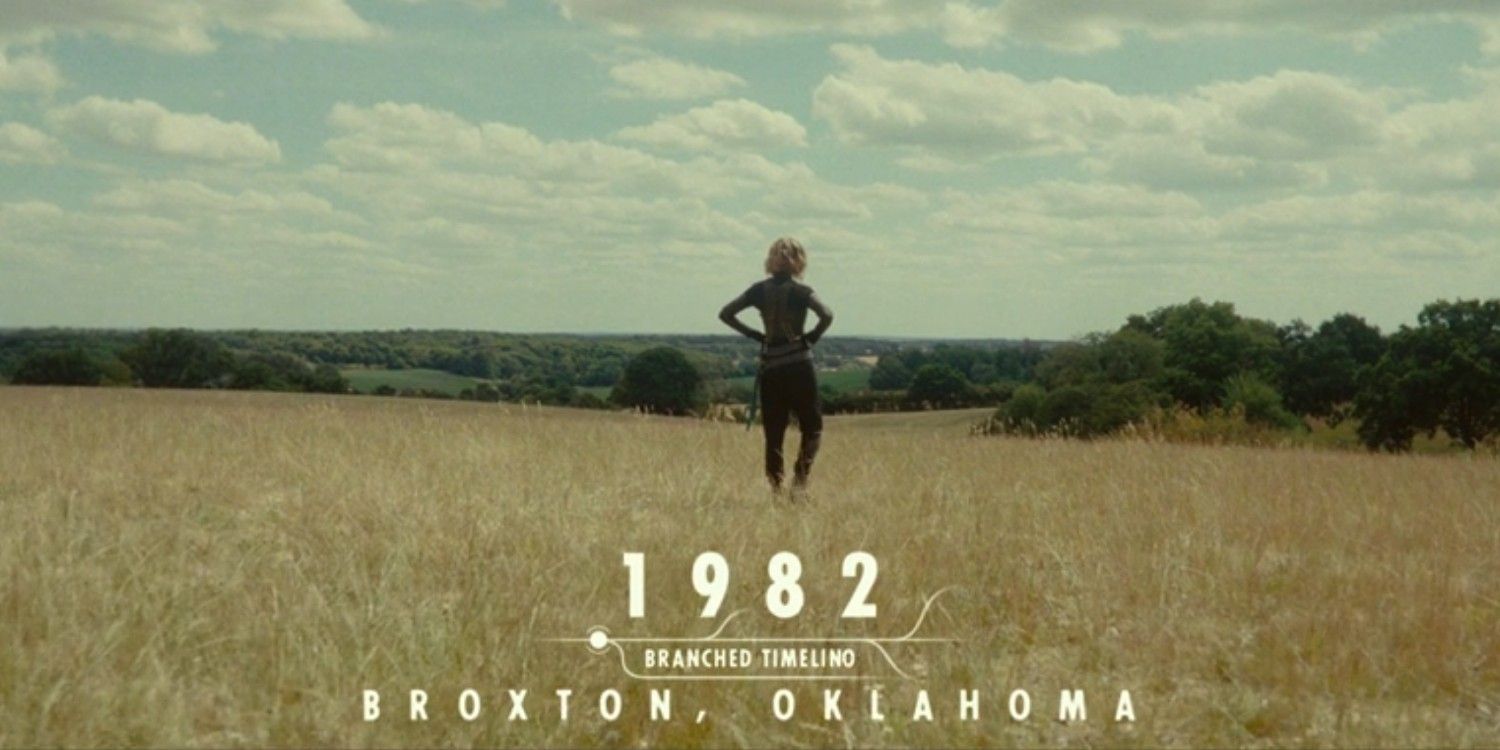
Every episode of ‘Loki’ promises a journey filled with intrigue, surprises, and deep-seated connections to Marvel’s vast universe. As the tale unfolds every Thursday on Disney+, fans worldwide brace themselves for more revelations, twists, and the intricate web of MCU’s lore.


